Rest and recovery are just as important as sweaty, grueling workouts.
There, we said it.
But does anyone believe it?
Gentle yoga sessions and extra time in bed can feel like the opposite of what you need to see results. It’s as if they’re more of an indulgence than a necessity—nice for when you have extra time. (And who has extra time?)
Only that’s just not true. Here are six charts that’ll show you why rest and recovery should be at the top of your to-do list.
++++
There’s a right amount of stress.
It might be amazing to have a completely stress-free life for a few days.
But after that? Without any challenges, adversity, or obstacles, you’d eventually get bored.
Of course, there’s absolutely such a thing as too much stress, too.
And aside from the obvious stuff, lots of things count as stressors that many people might not even realize: your fitness efforts, eating in a calorie deficit, the construction noise from next door…
(For more unexpected sources of stress, read: Invisible stressors: Are they sucking the life out of your health?)
So how do you stay in that “sweet spot” where you’re thriving?
That’s where rest and recovery come in.
When you recover, you regain, restore, or recuperate what you’ve lost. And you return to your baseline state of wellbeing, health, and performance.
For example, recovery could involve:
- Replacing the fluids you sweated out during exercise, or the glucose that you used up to power your muscles.
- Getting your immune system back to full strength after you’ve been sick. (And rest is definitely a key factor in that!)
- Something intangible, such as feeling mentally or spiritually restored after a vacation.
Stress and recovery go together like shoes and socks, Batman and Robin, and rocks and hard places. That’s because recovery is part of the process that helps you get stronger, faster, better, and more resilient, as this chart shows.
Let’s take a closer look at the chart above, using an intense workout as an example of a stressor.
▶ You start in homeostasis, or your baseline. This is your body’s status quo.
▶ Then, you encounter a stressor that disrupts your homeostasis. In this case, it’s that intense workout. Your breathing rate, heart rate, energy needs, and body temperature all increase.
▶ Next, you enter an alarm phase where you deal with the disruption. During this phase, your performance temporarily gets worse. (This is the part where that barbell/those dumbbells/your legs start to feel reeeeally heavy.)
▶ Now you enter the recovery phase. As long as you replenish fluids and nutrients and don’t keep adding additional stressors your body can’t handle, you’ll recover and rebuild any damaged tissues over the next several days. During this process, you get stronger and more resilient.
▶ Lastly, you enter a new homeostasis or baseline. Now, you’re slightly better than before.
Thus, if you take time to recover, you adapt and get better.
So, what happens when you skip the recovery part, and just do the stress part?
It’s not great.
Let’s take sleep as an example. Sleep is a recovery rockstar. Getting enough good-quality sleep:
- improves your mood and the ability to manage your emotions
- improves cognition, concentration, and attention
- helps you lose fat and build valuable lean tissue like muscle and bone
- regulates your hunger, appetite, and satiety (which helps you make wise food choices, eat the right amount for your body, and eliminate cravings)
- helps clean up and get rid of your body’s waste products
Not getting enough sleep, on the other hand, really tanks your recovery, and can have far-reaching effects, as you can see below.
The point? Not getting enough rest can make you feel very crappy and make it much harder to see results.
After all, it’s pretty hard to make smart food choices and give your workouts your all when you’re cranky, tired, and wired.
Plus, all these negative effects can interact with each other and create vicious, self-perpetuating cycles. Here’s just one example of how some of those factors build on each other and make it harder to stop the cycle:
But there’s a bright spot here:
Recovery is so much more than sleeping and taking rest days.
And that’s actually pretty exciting. Because it means there are dozens of ways to promote and enhance your (or your client’s) progress.
In the table below, you’ll see examples of stressors, and ways you can recover in each of them.
As you can see, for every stressor, there’s a way to recover.
Recovery doesn’t have to be complicated.
Making it part of your routine can be quite simple.
Think about the balance of stress and recovery as a tank that can be simultaneously filled by a faucet (recovery), and drained (stress).
- To add more water to the tank, plug the leak by decreasing stress.
- If that’s not possible, you can also turn up the faucet by adding recovery.
- Or, do both: Lower stress while increasing rest and recovery.
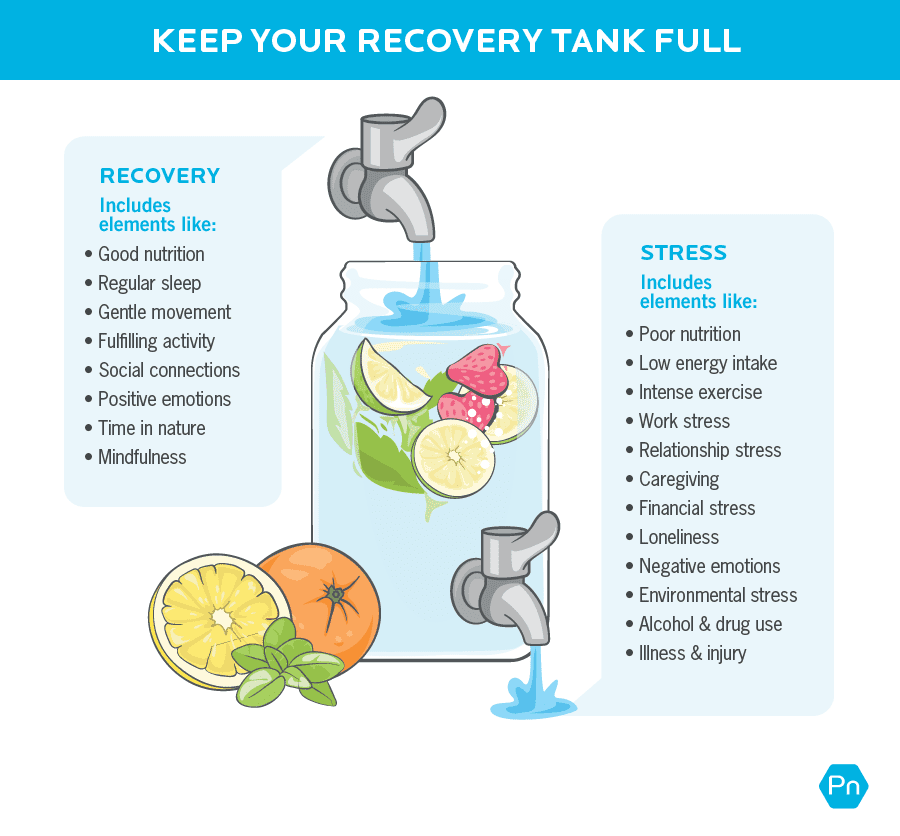
When you think about it, many recovery practices deliver maximum impact for relatively minimal effort.
Sure, good nutrition and restorative sleep absolutely take some work to achieve. (You can learn more about what to eat here and how to get better sleep here.)
But laughing at your favorite TV show, spending time with friends, and sitting in the sunshine count as recovery, too.
So go ahead and enjoy them—guilt free. They might be exactly what you need to slay that next workout.
If you’re a health and fitness coach…
Learning how to help clients manage stress, build resilience, and optimize sleep and recovery can be deeply transformative—for both of you.
It helps clients get “unstuck” and makes everything else easier—whether they want to eat better, move more, lose weight, or reclaim their health.
And for coaches: It gives you a rarified skill that will set you apart as an elite change maker.
The brand-new PN Level 1 Sleep, Stress Management, and Recovery Coaching Certification will show you how.
Want to know more?

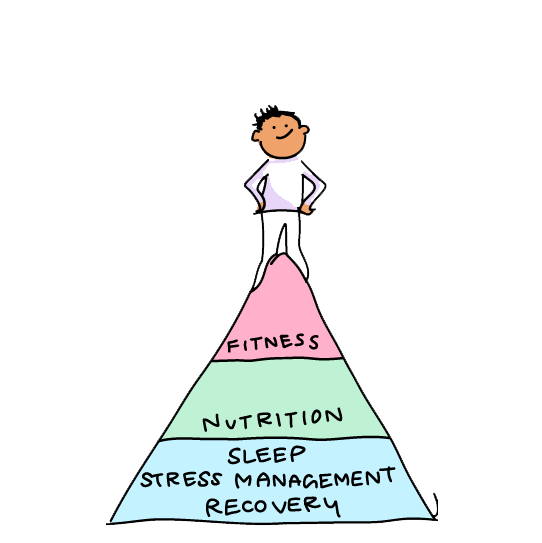
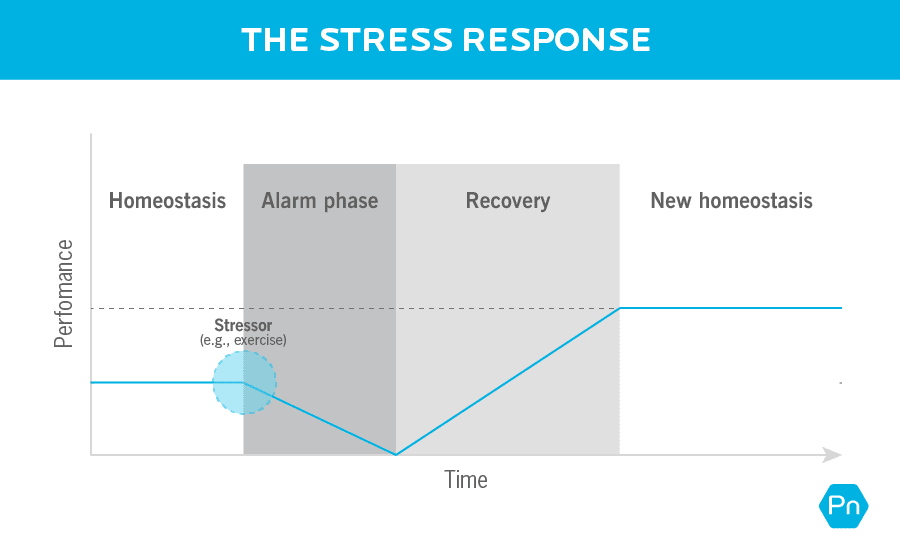

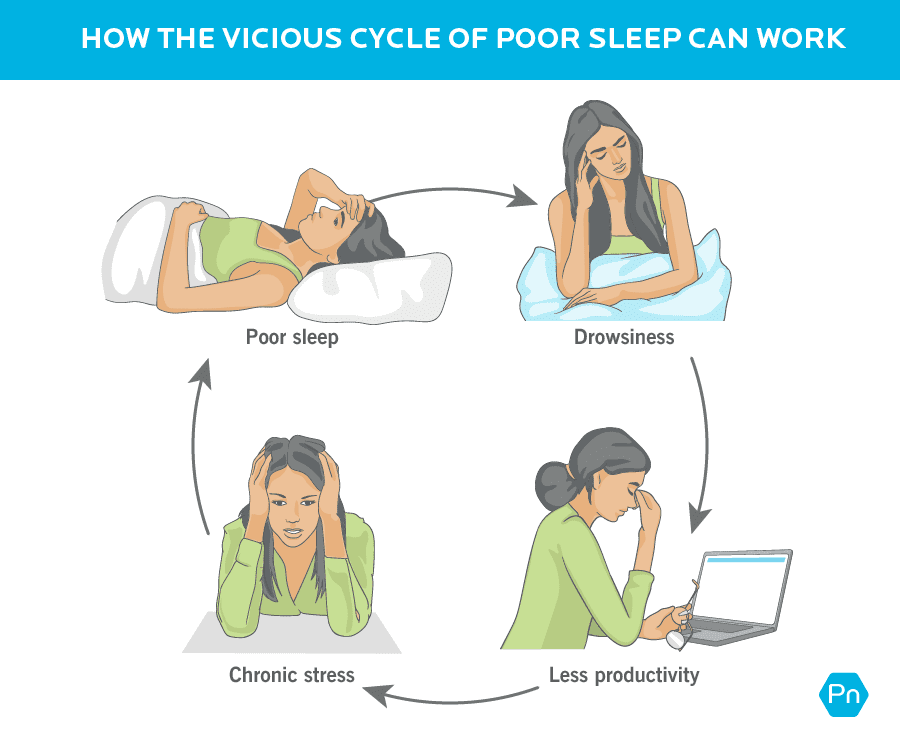
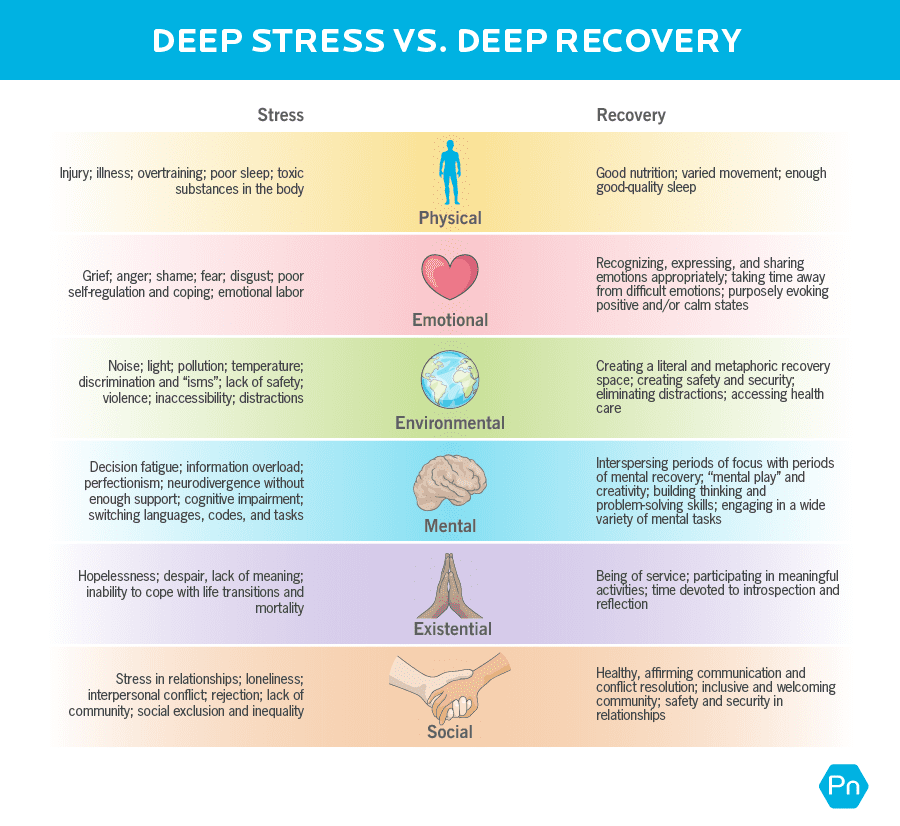
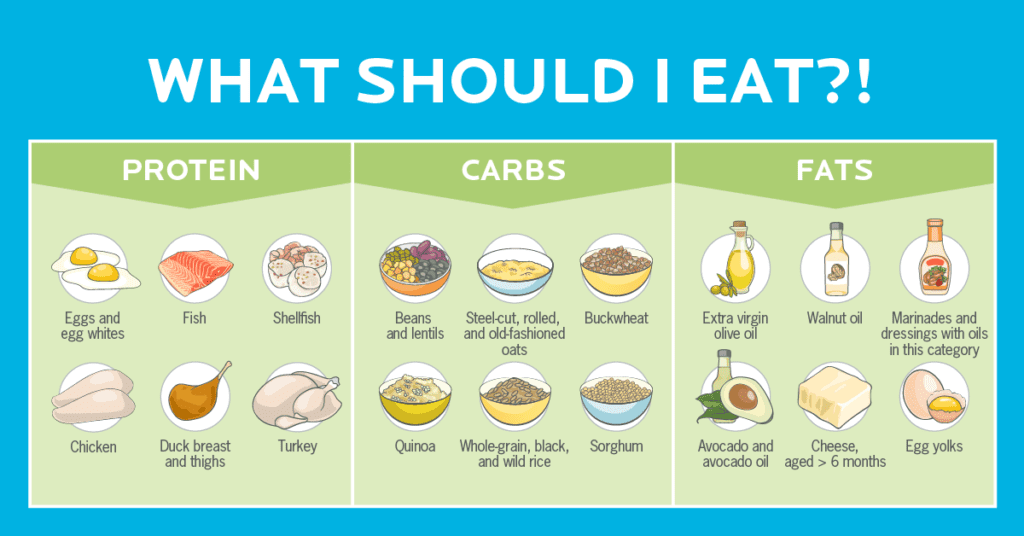
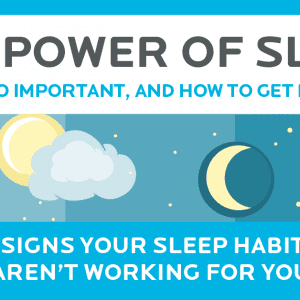

Share